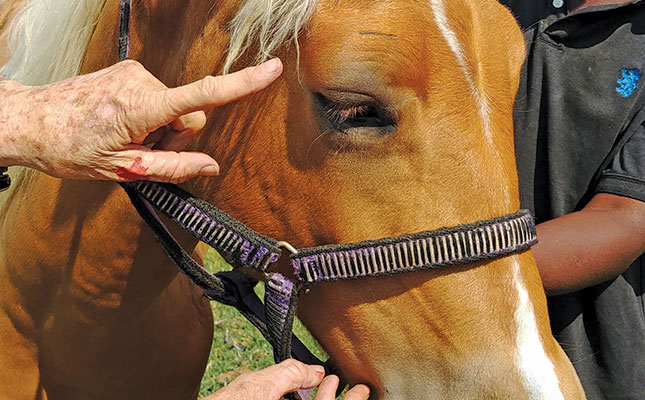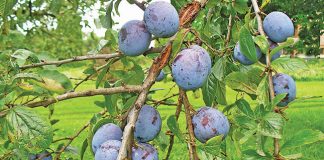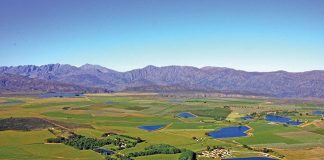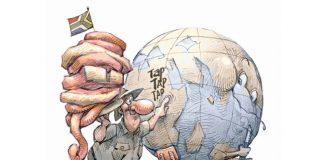
Photo: Supplied
Red wasps, Polistes spp. are commonly found in and around stables in summer after rain.
These aggressive little insects, the so-called ‘paper wasps’, are about 2cm long, with a red head and thorax, a narrow waist and darker abdomen.
They are social insects and build a small communal nest from chewed-up wood fibres and their own saliva in spring, once the first rain has fallen.
The colony comprises a queen, workers and males, similar to what is seen in beehives.
However, they do not live in a hive but in a nest attached by an ant-proof stem (a pedicle) to a ceiling, or inside a metal fence-post or a hole in a stable wall. A colony contains between 15 and 25 wasps.
Wasps tend to return to the same location every year.
Life cycle
In spring, the queen starts to build a nest, made up of a number of connected hexagonal cells, into which she deposits eggs. These hatch into legless larvae, which grow and eventually pupate.
Once the pupae form, the top of the cell is closed off. The pupae hatch into sterile female worker wasps that assist in making the nest larger and feeding the larvae.
Worker wasps hunt insects and caterpillars, chewing them up to feed the larvae. They defend their nest aggressively against humans or horses that come too close. Unlike bees, wasps can sting many times.
Late in summer, the eggs hatch into male wasps that fertilise young female queens. As it grows colder, the queens stop laying eggs, and the fertilised queens overwinter in sheltered cracks and holes in trees or buildings. The rest of the wasps die.
Wasp stings in humans and horses
Wasps tend to go for the faces of humans and animals, stinging close to the eyes and muzzle of a horse, as shown in the photograph alongside. Stings are very painful and horses will react violently, which often leads to further injuries.
Treatment consists of antihistamine and cortisone tablets given by mouth. It is a good idea to keep anti-histamine tablets in your first-aid kit at the stables.
Antihistamines can also be used for other allergic reactions in horses, such as grass itch, bee stings and midge bites.
An adult horse can be dosed by mouth with about seven tablets ground up and mixed with water.
If a horse shows a severe reaction, you can ask your vet to prescribe cortisone tablets that you can give with the antihistamine.
Both humans and horses can die of fatal anaphylactic shock from a single sting if they are allergic to wasp or bee stings.











